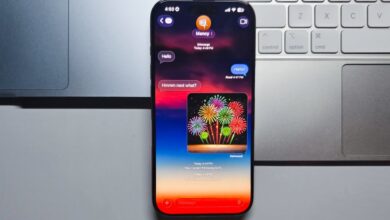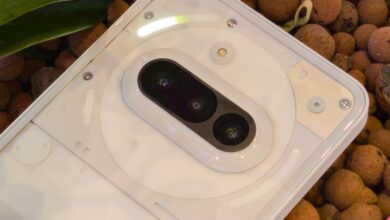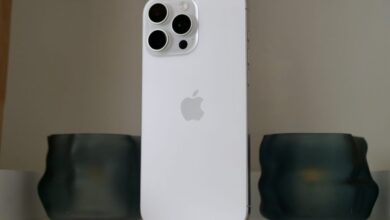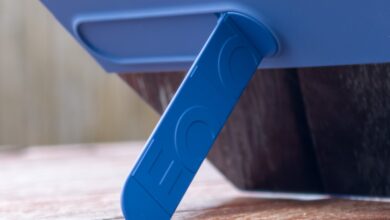Samsung hit the sweet spot: AT&T talks Galaxy Z Fold 7, tri-folds and more
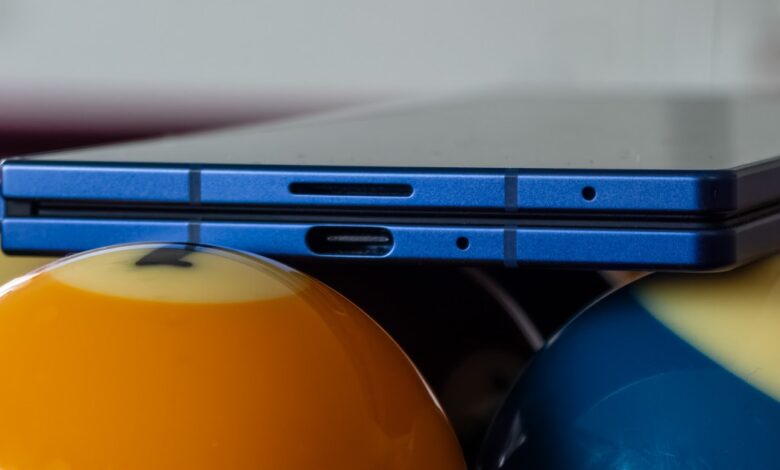
One of the biggest surprises this year has been the Samsung Galaxy Z Fold 7. After several years where its rivals launched thinner and lighter folding phones that competed with, and exceeded, greats like the Galaxy Z Fold 6, Samsung finally joined the party.
Previous years have seen Samsung launch iterative versions of its phones. These would feel special in their own right, but wouldn’t hit the same heights as the biggest rivals for the world’s thinnest phone title: the current holder, the Honor Magic V5, and the past holder, the Oppo Find N5.
Against this, the Galaxy Z Fold 7 changes everything. It’s the thinnest and lightest folding phone yet, and by far, the most successful Samsung folding phone ever. Customers are happy, as evidenced by the record pre-order numbers at both Samsung and carriers, but what makes the Fold 7 so special? How have carrier customers reacted to it, and what does the future hold for folding phones on the big carriers?
To answer these questions and dive further into the world of folding phones from the perspective of a carrier, I spoke with Jeff Howard, Vice President of Mobile Devices and Accessories at AT&T. Here’s what I discovered.
Samsung figured out what foldables should be
One of the biggest surprises with the Galaxy Z Fold 7 is the initial reaction to holding it for the first time. Despite trying every folding phone, I was still taken aback by the ultra-thin design, which is the best I’ve seen so far on a folding phone.
It turns out that I wasn’t the only one. We showed the Galaxy Z Fold 7 to 30 average smartphone users and discovered that most customers are impressed with the design. Jeff put it more succinctly:
Customers come in and discover that it’s finally in a form factor that’s thin enough for me to carry around.
Achieving this required “Incredible attention to detail”, which Jeff can intimately appreciate as he’s also an engineer.
Jeff also reserved praise for TM Roh, the current CEO of Samsung’s Mobile Experiences (MX) division. “Tim’s been pushing his team for quite a while since he moved out of engineering and into the CEO position. I think they finally figured out what foldables should be.”
Why AT&T picks some folding phones and not others
Alongside the Fold 7, Samsung released the Flip 7 and Flip 7 FE. The former is the new flagship flip phone with a stunning 4.1-inch main display, while the latter is the company’s first affordable flip phone.
The Galaxy Z Flip 7 FE is nearly identical to last year’s Galaxy Z Flip 6, but unlike that flagship, the Flip 7 FE isn’t being stocked by most major carriers. The answer is fairly straightforward, with Jeff explaining:
Our customer base demands leading-edge technology, and they’re super patient when it comes to trying new things. They always want the latest and greatest.
The US market in particular poses additional challenges because of how the majority of phones are purchased. Unlike in some countries where customers pay upfront for a phone, most phones in the US are bought on installment plans. This makes the $300 price difference between the Galaxy Z Flip 7 and 7 FE far less meaningful.
One of the challenges in the US market, specifically, is installment plans… and so when you’re dividing payments by 36 months… it ends up being a couple of dollars [difference] per month.
To further entice your purchase, Samsung and its carrier partners put together some of the best Galaxy Z Fold 7 deals. On AT&T, this includes up to $1,100 off a new Galaxy Z Fold 7 with any trade-in and a new line, and the Next Up Anytime program means you can get a new folding phone each year.
These deals won’t be for everyone, however, and in particular, there is a subset of customers that more affordable flip phones like the Galaxy Z Flip 7 FE are arguably designed for: the budget-conscious. For carriers, this plays out with value-focused MVNOs like Cricket Wireless and others. Jeff explained why the Galaxy Z Flip 7 FE could still have a key role to play:
Things like the FE that we’ve chosen not to carry… you’ll notice that it and the [base] Razr are not in that category [of the newest and latest technology]. Our Cricket customers love that product… It’s just a very different set of buying behaviors.
When you look at a Cricket customer, they come in and say I may have to pay full price for this. There may be a financing option, but if I’m paying full price, then a value-type device fits my needs [better].
Rounding out the discussion on Samsung’s latest folding phones, Jeff revealed his admiration for the Fold 7.
To the [book-style folding phone] form factor and how things are being used today, I feel like they’ve absolutely hit a sweet spot.
In our Galaxy Z Fold 7 review, I called it the best folding phone for most people. The record sales so far and the wide praise it has received suggest that Samsung really did hit the sweet spot.
Tri-folding phones and other form factors
While discussing the broader market with Jeff, the conversation turned to the subject of other form factors. In particular, tri-folding phones and smart glasses.
AT&T is well-known for adopting the latest and greatest technology. The carrier was the original launch partner of the iPhone. More recently, it carried Microsoft’s Surface Duo and Surface Duo 2 before they were killed, and it has stocked every Fold so far as well. Unsurprisingly, Jeff confirmed that this has no plans to stop:
It doesn’t matter if it’s glasses, smartphones, watches, wearables, etc, whatever our customer wants when they’re consuming content, we’re going to [have] a solution for them.
The Galaxy Z Fold 7 isn’t likely to be Samsung’s last folding phone this year, as the company is expected to unveil the upcoming Galaxy G Fold tri-folding phone. Designed as a competitor to the Huawei Mate XT Ultimate — the world’s first tri-folding smartphone, which was launched last year — the form factor allows you to unfold a smartphone into a tablet-sized 10-inch display.
Yet, this comes with a specific trade-off: the size. Looking at Huawei for an example, the Mate XT Ultimate is supremely thin at 3.6mm thick when unfolded, but given the two folds, it measures 12.8mm thick when folded. Granted, this is only 0.7mm thicker than the Galaxy Z Fold 6, but there’s a definitive concern around size. Jeff echoed this sentiment as well:
I think the real question is how good a tri-fold is from a size point of view… It’s possibly a niche play as the use cases aren’t immediately apparent for the form factor… I’m wondering whether there will be a need for continued growth and screen size for customers versus voice input.
The latter point raised the final key area I wanted to discuss: other form factors. We’ve seen AI devices adopt many form factors, and Google is already working on a VR headset with Samsung, as well as smart glasses with Xreal and Warby Parker. Are smart glasses the answer?
If I’m wearing smart glasses and they have a display inside, that’s where I’m going to consume content… If I don’t want to carry around a 7-inch display, I’ll carry around my glasses, and I can view content in that way, which is more convenient.
Despite some uncertainty around exactly what the final form factor for folding phones will look like, one thing is clear: the mobile industry has never been as exciting as it is now. I’m almost twenty years into reviewing technology, and there’s never been a more exciting time in terms of the experiments and innovations that companies are building.
As Jeff Howard put it:
I’ve been in this industry for over 25 years… There hasn’t been a time when the industry has moved faster. And it’s customers who are driving that innovation.
I look forward to this technology and these folding displays providing many more opportunities from a hardware point of view.
Thanks again to Jeff and AT&T for taking the time to discuss the Galaxy Z Fold 7 with us. One month in, it’s an incredible folding phone that you should consider for your next phone. Alternatively, one of the best phones may be a better fit, but regardless of which you buy, given the customer base, it’ll most likely be available at AT&T.


